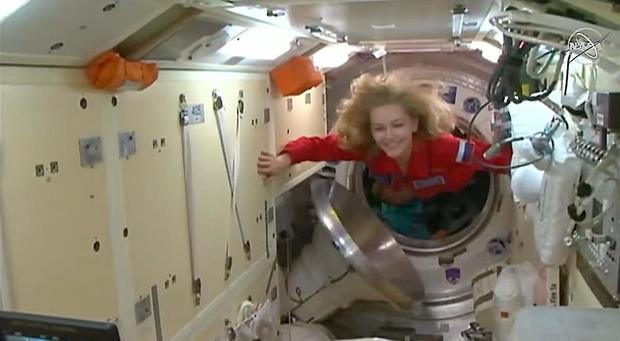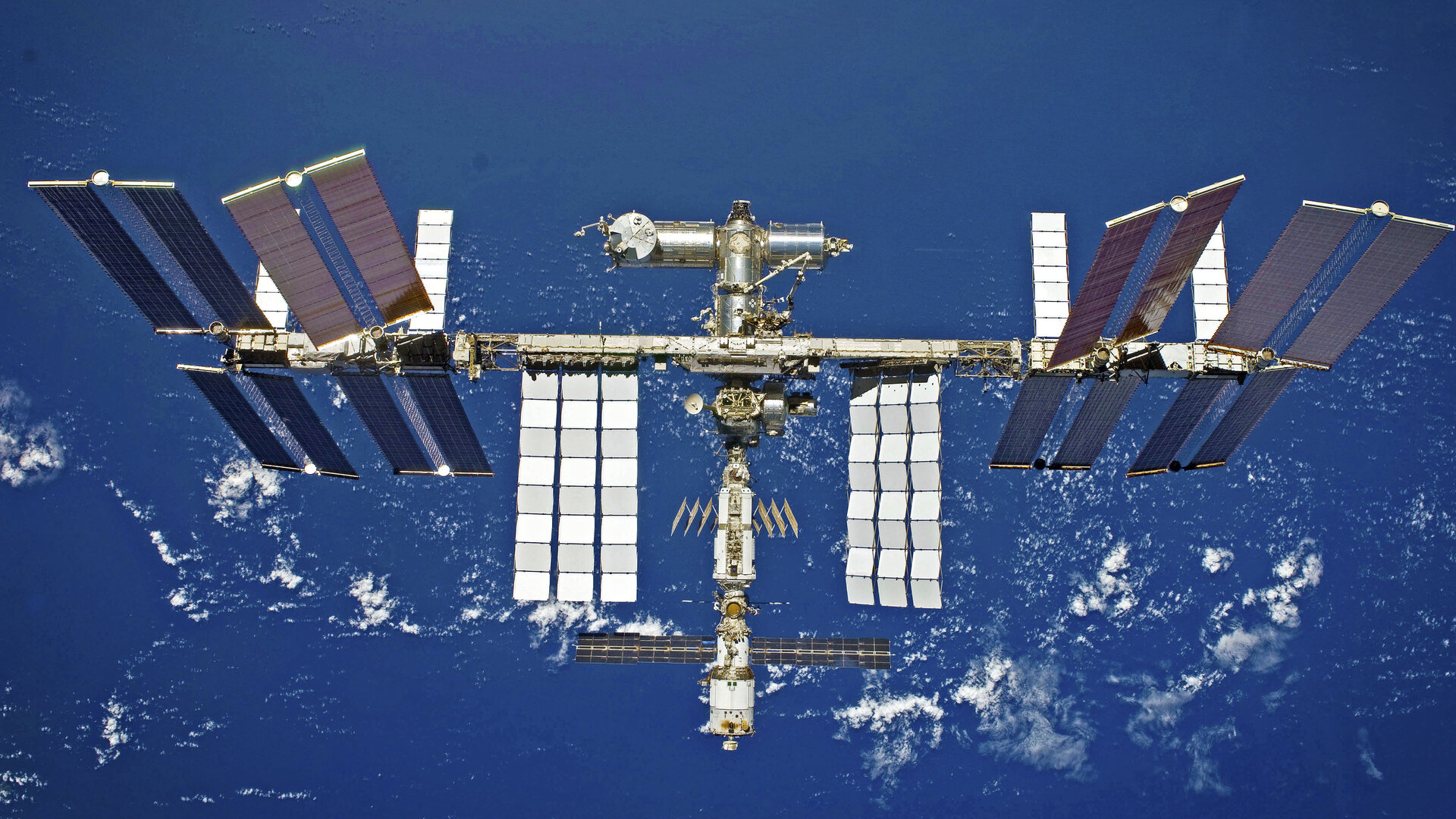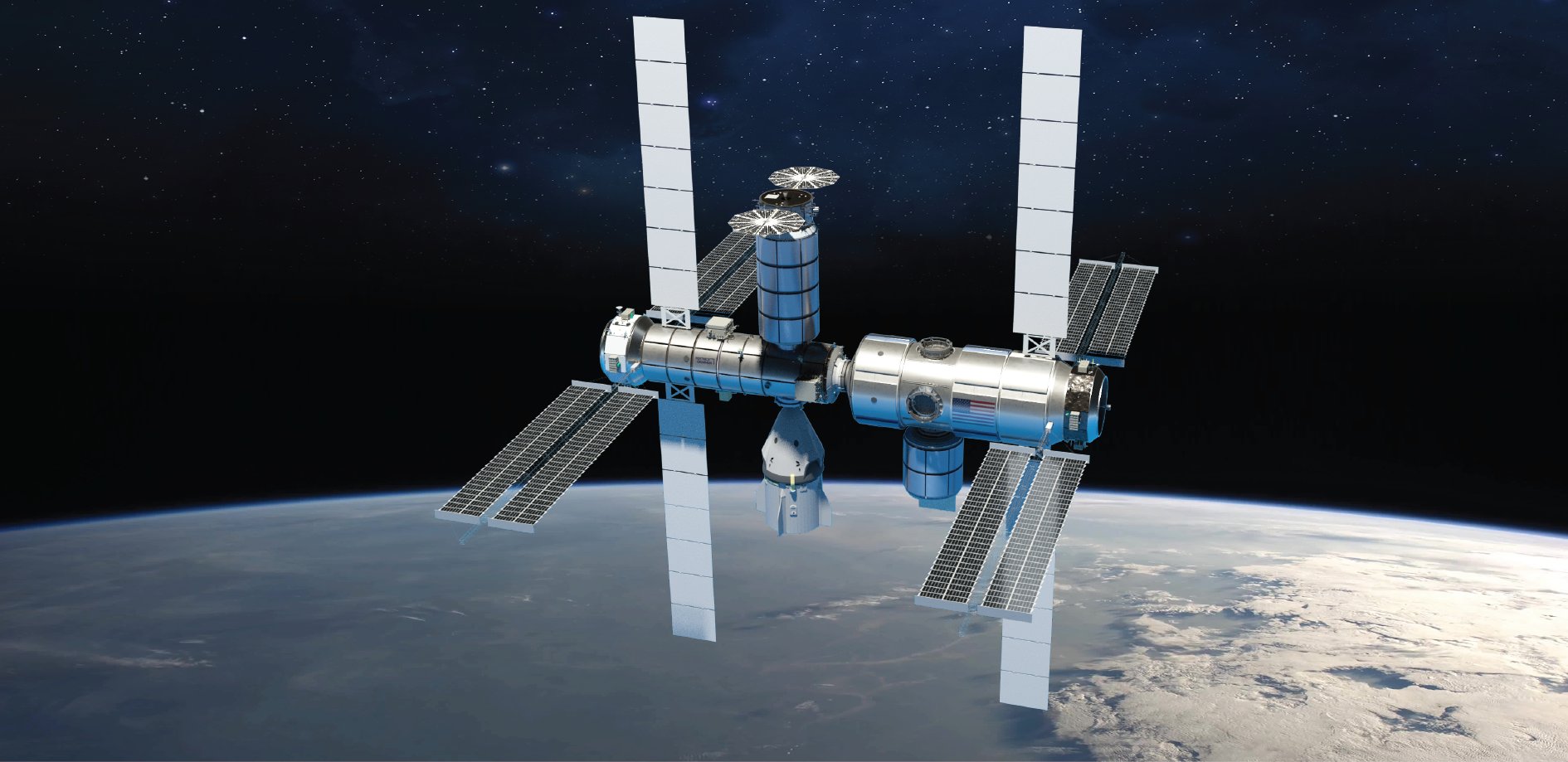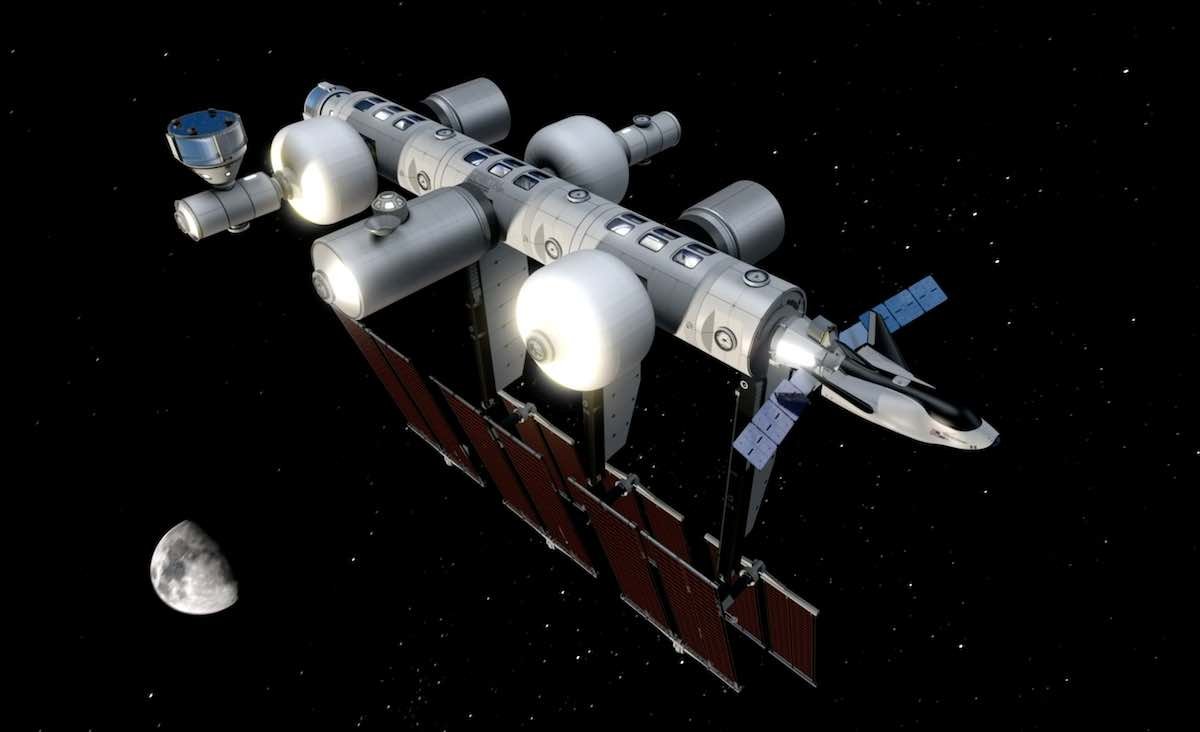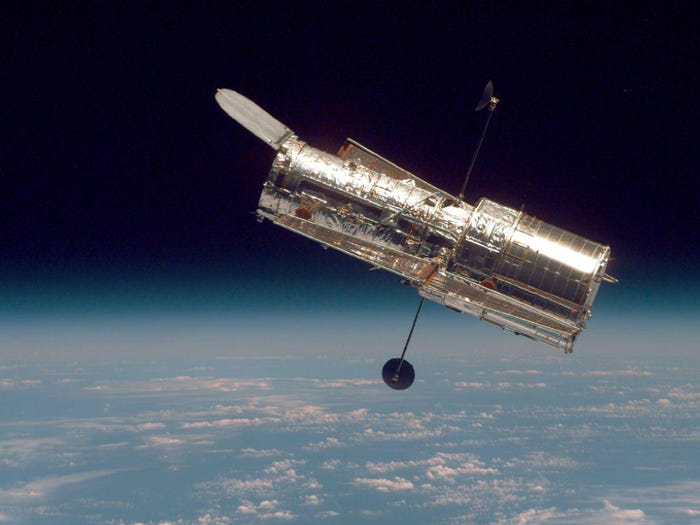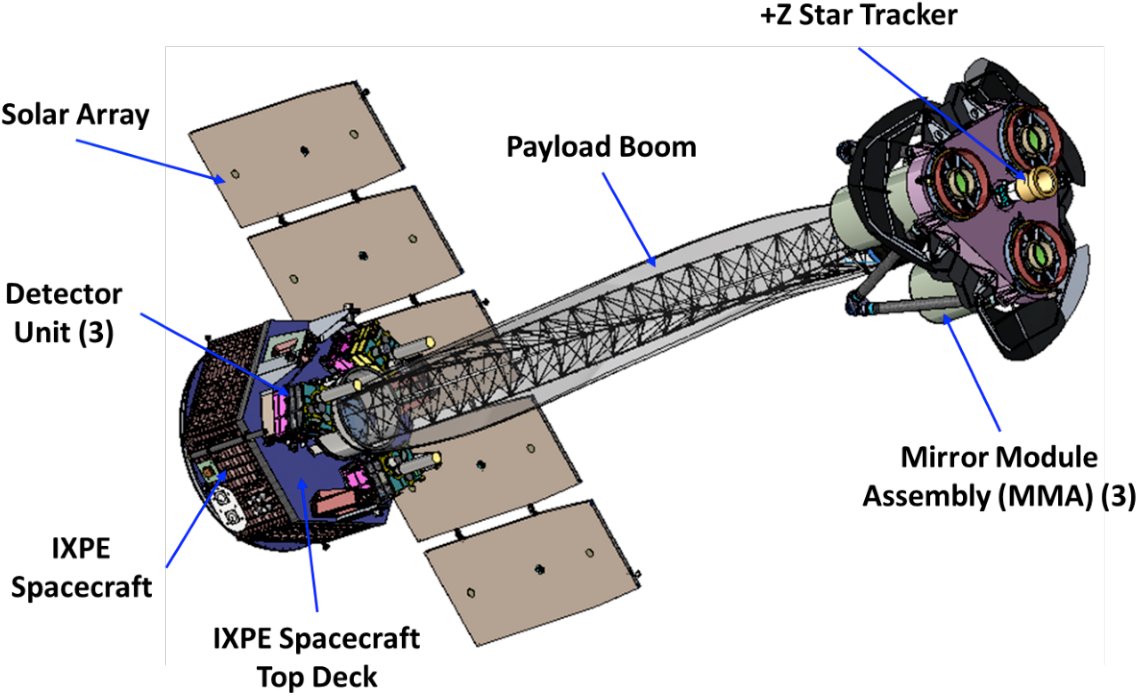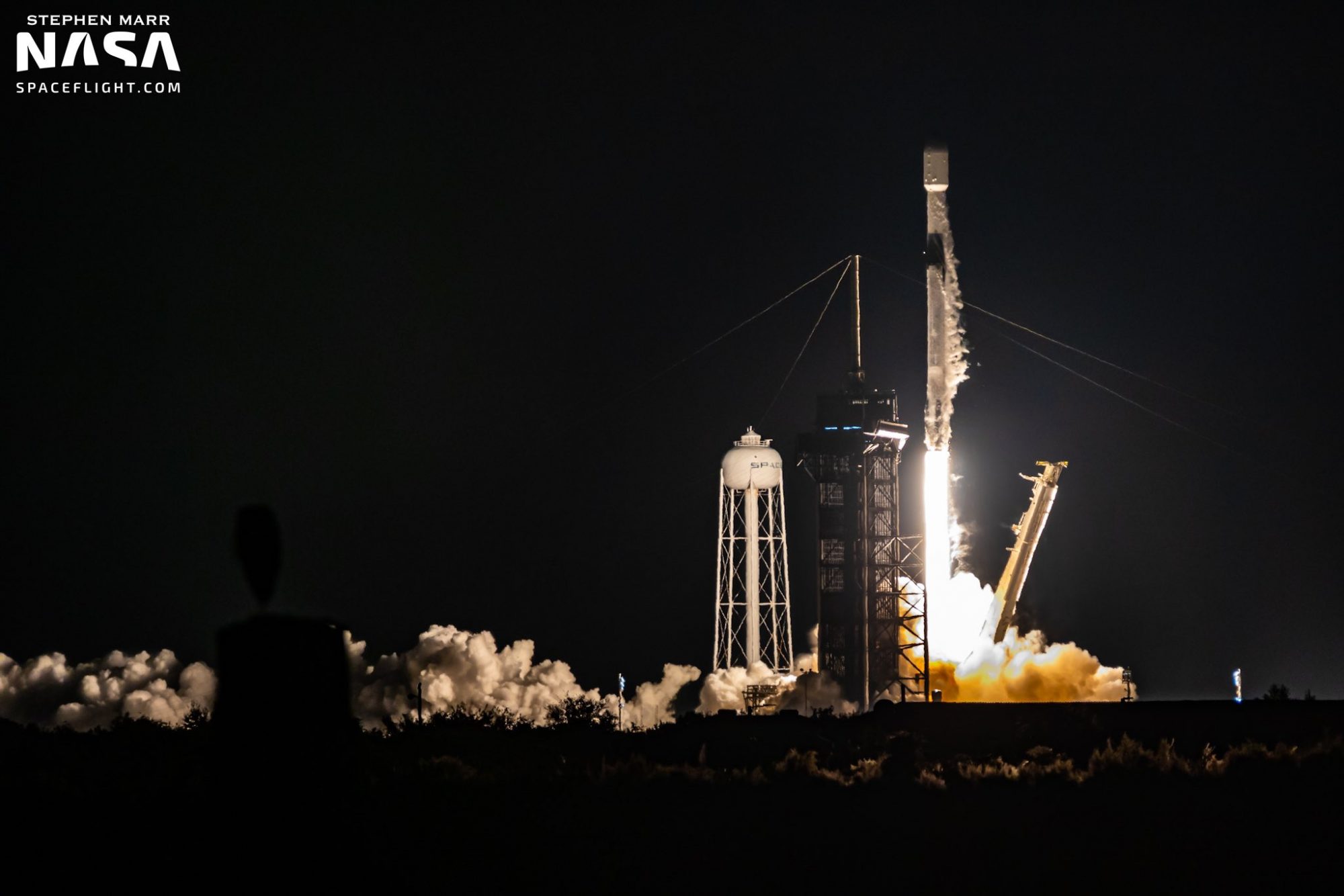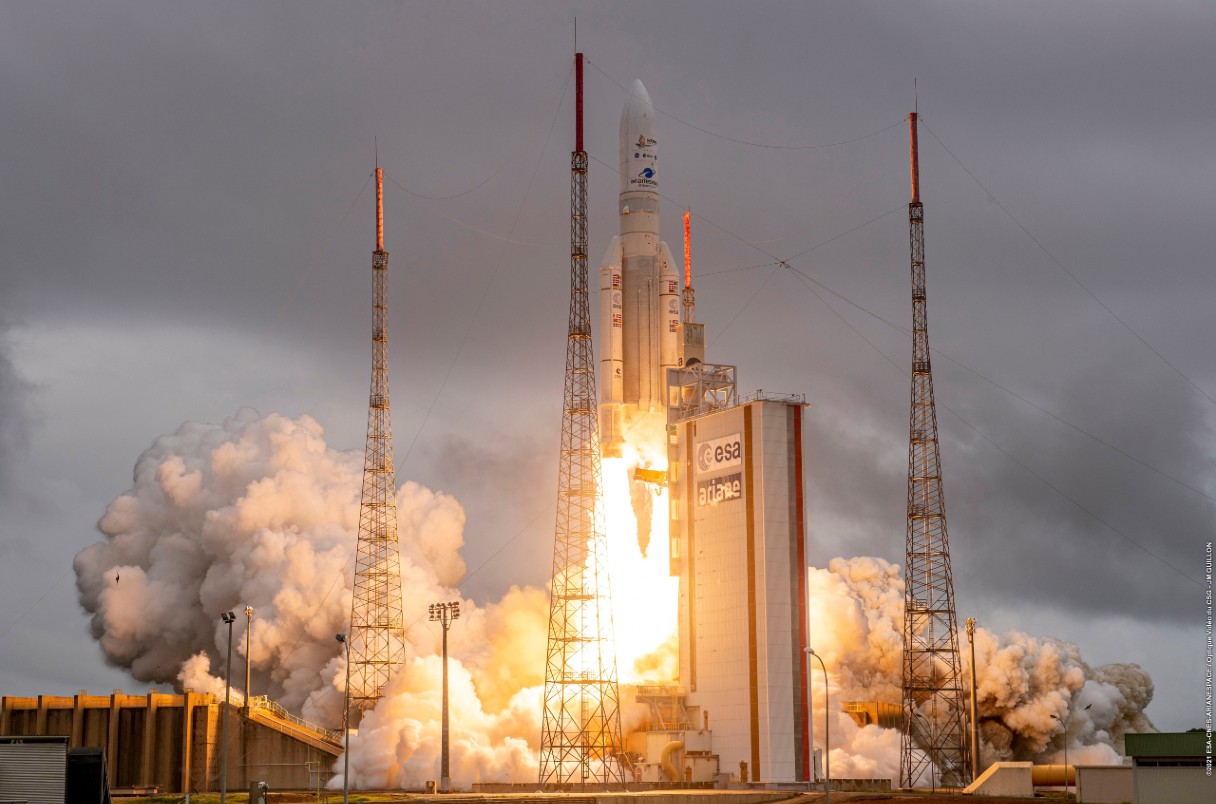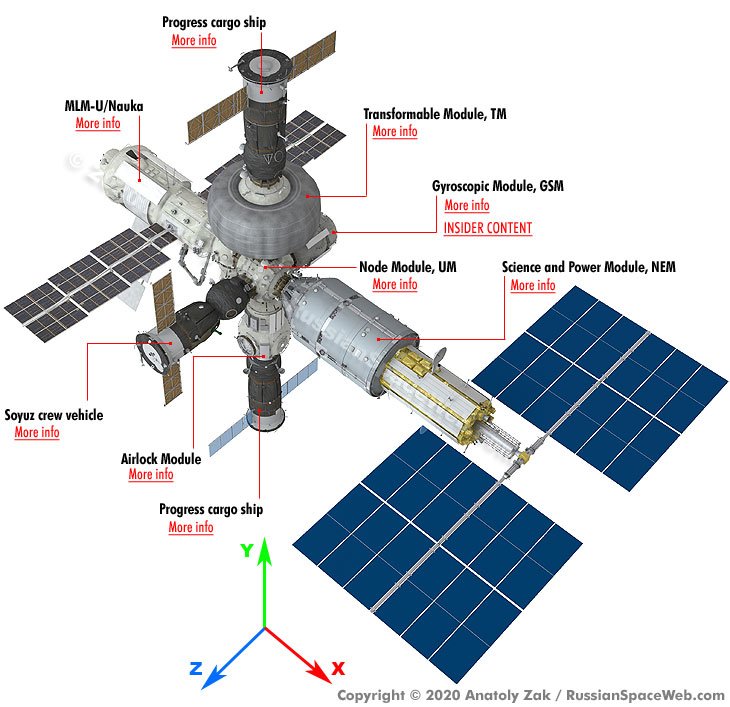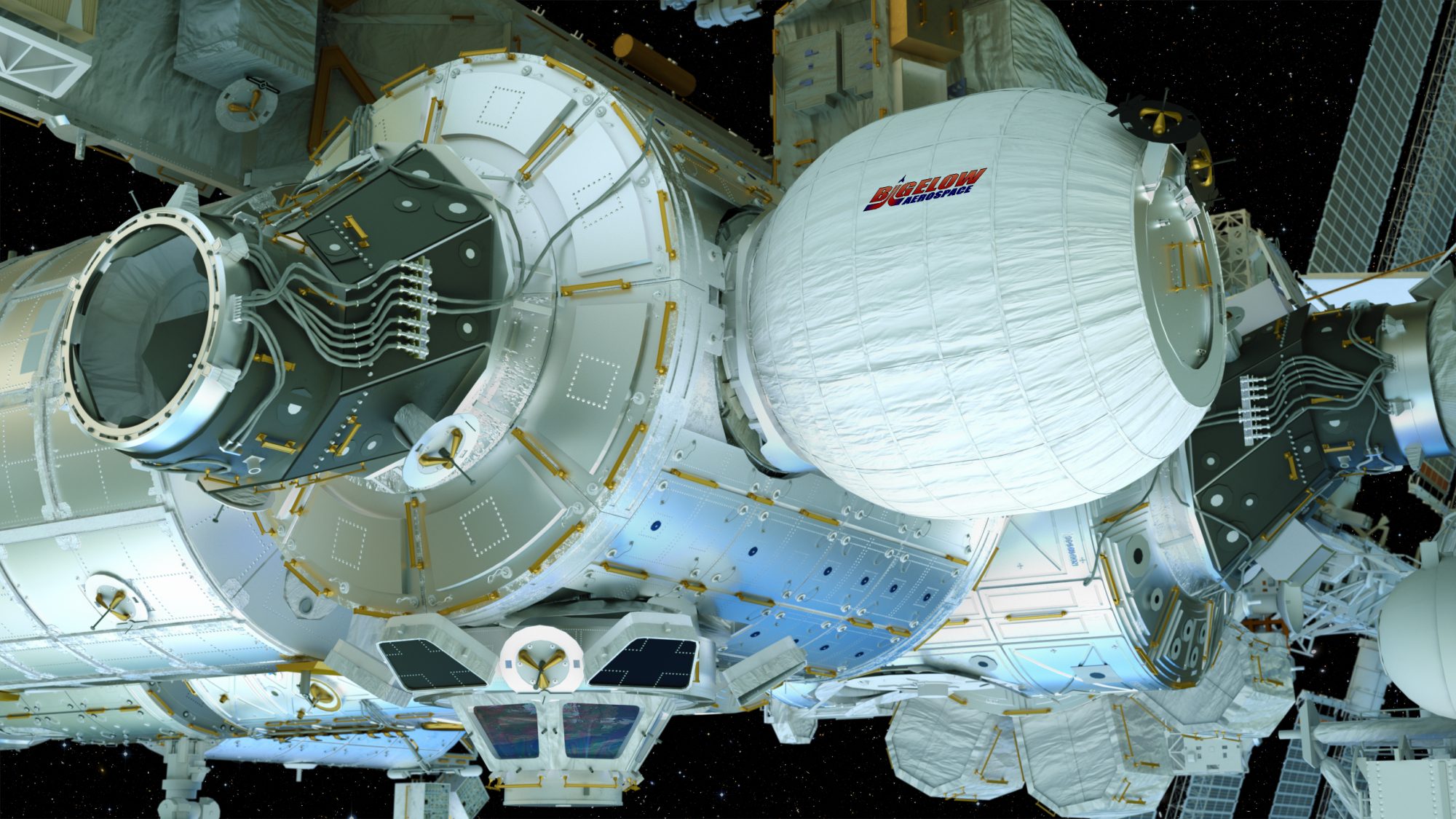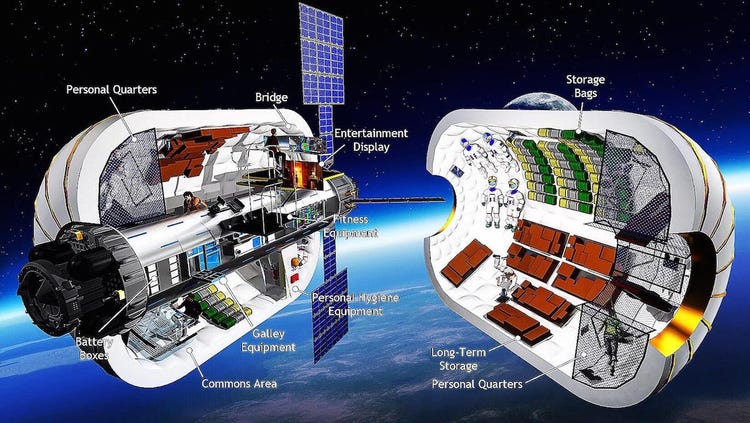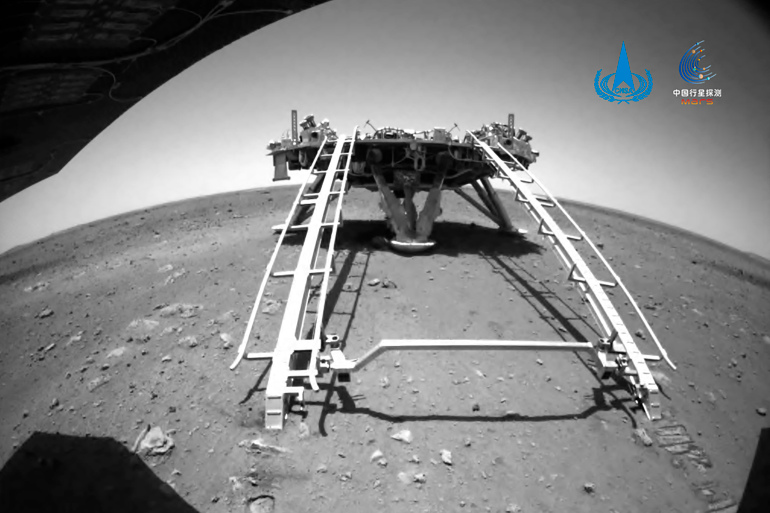The International Space Station (ISS) has been the mainstay of manned space flight now for more than twenty years but the venerable space base is currently beginning to show its age. Occasional air leaks are becoming more and more of problem while the power system is in need of constant repair; even the smell of the station is becoming a problem. Think about how your house would smell if you couldn’t open a window for twenty years to let in some fresh air!
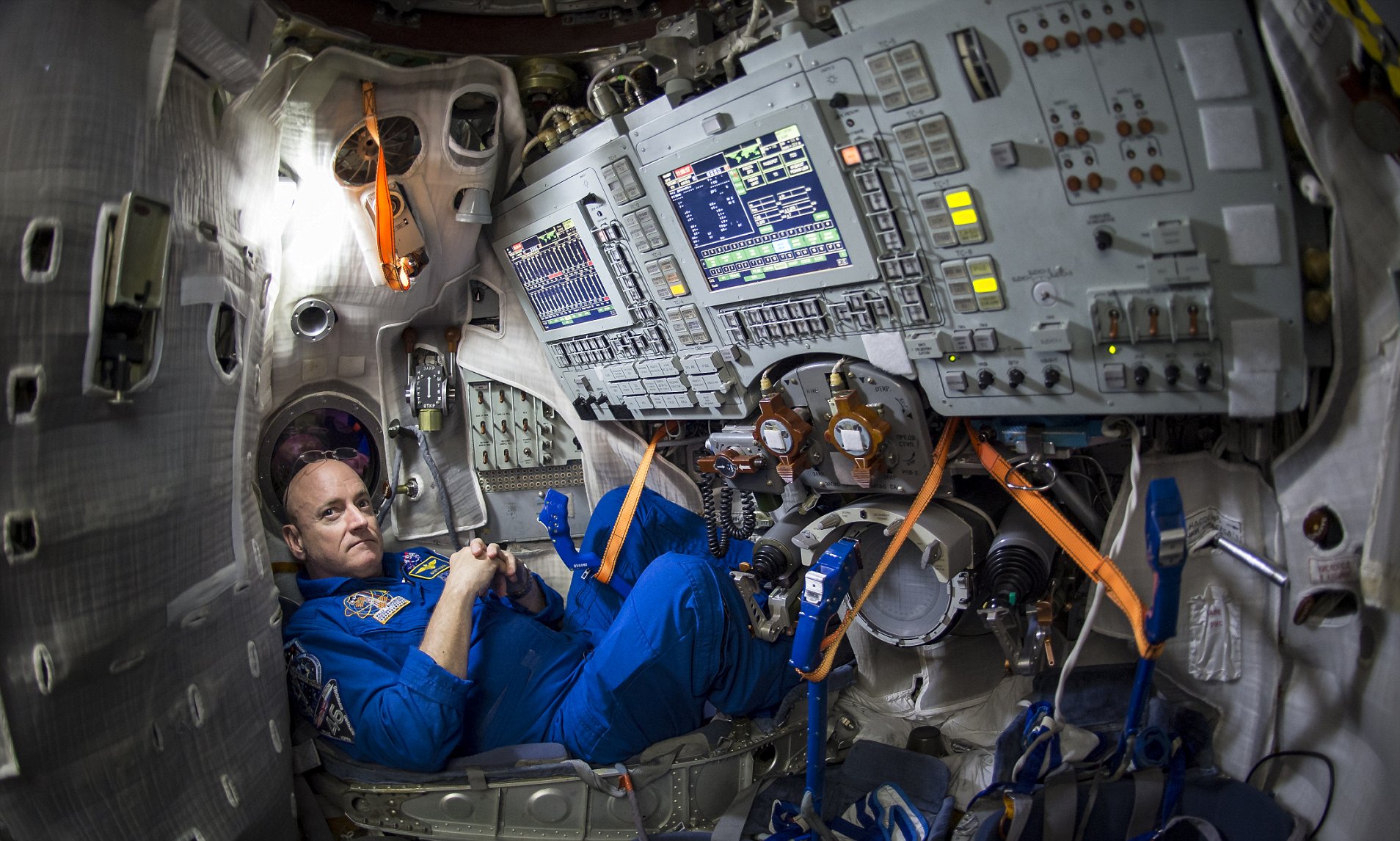
More than that NASA, the American space agency, simply wants out of the business of running a station in Low Earth Orbit, preferring instead to get back to their task of exploring the solar system. Current plans are for NASA to continue to support ISS operations through the year 2030, but like any bureaucratic organization NASA has already started the process of figuring out exactly how to terminate the ISS and what will take its place.
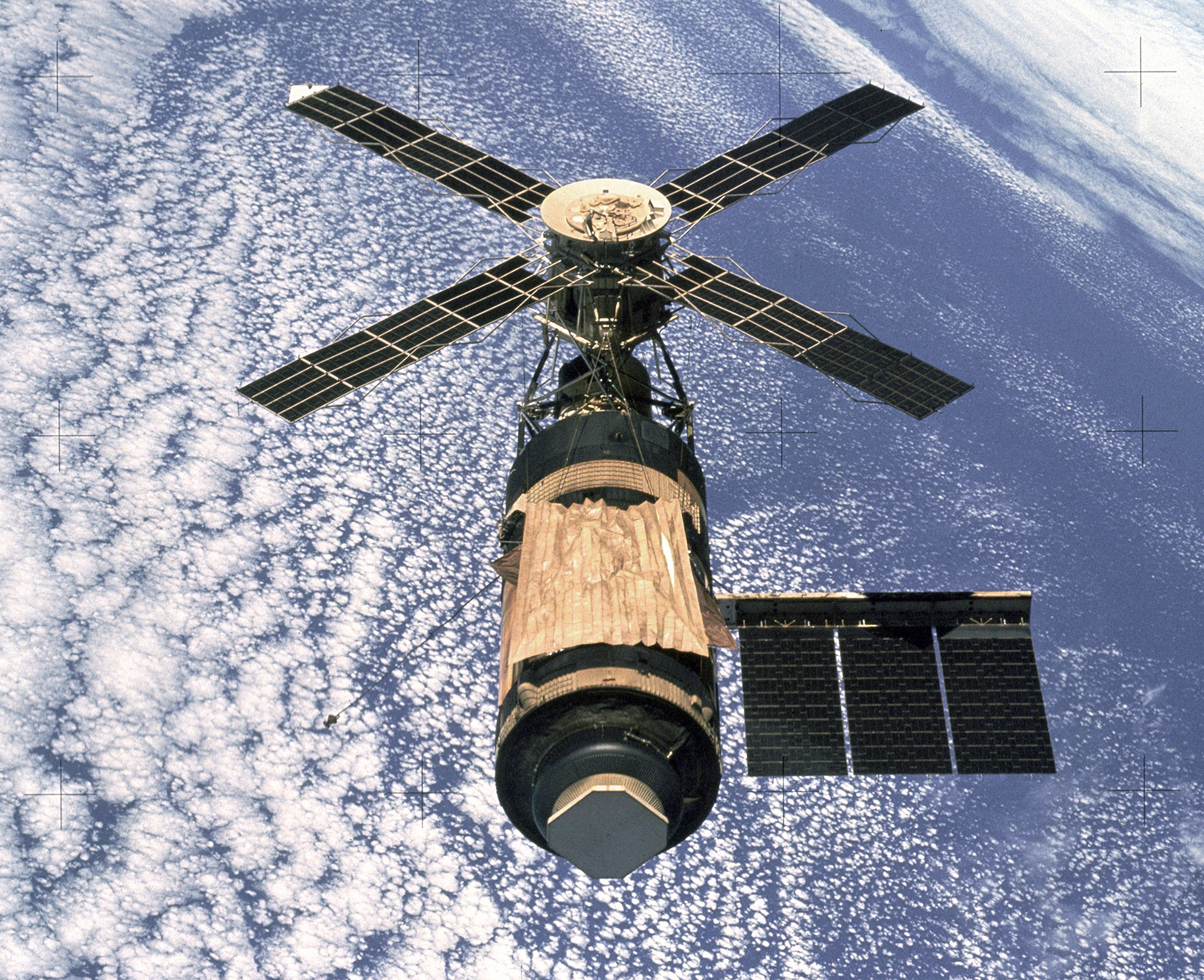
As I have mentioned in several previous posts, see posts of 29 December 2021 and 2 October 2021, NASA intends to rent space for its astronauts on future commercial space stations. Indeed the space agency is helping to fund the design phase for such a commercial space station at three aerospace corporations, Blue Origin, Northrop Grumman along with a consortium named Nanoracks that includes Lockheed Martin and Voyager Space. Once one of the designs from these corporations is chosen NASA will help fund the construction of the station, becoming the primary tenant.

Once that commercial station is up and operating the question then becomes what to do about the ISS, the largest and most massive structure ever placed into orbit. Since the ISS was built in pieces, one module at a time, should it be taken apart and de-orbited piece by piece? Or should it all be brought down in one piece?

NASA has decided on the latter scenario with a plan to bring the station into a lower orbit slowly before using a large retro-burn to begin a re-entry designed to finally drop the whole thing into the southern Pacific Ocean. The ISS will meet it demise at a location in the ocean furthest from land called Point Nemo approximately midway between New Zealand and South America. Most of the ISS will probably burn up as it descends through the atmosphere but because it is so large undoubtedly more than a few big pieces will survive so NASA will take care to keep the falling debris as far from human habitations as possible.

Now NASA will not be the only tenant in any new space station because the business of space tourism is definitely heating up. Jared Isaacman, the billionaire who funded last year’s first ever totally commercial space mission has now arranged a series of four space missions with Space X beginning with another Dragon capsule mission, perhaps as early as the end of 2022. That first mission in what Isaacman is calling the Polaris Program will last five days and take the Dragon capsule to a much higher orbit while also including the first Extravehicular Activity (EVA) for a commercial space mission.

Details of the later three missions are sketchy at present but Isaacman hopes that the final Polaris mission will be the first manned launch of Space X’s massive Starship rocket. Funding for the Polaris Program will come from a combination of Isaacman and Space X itself and the stated goal of the missions is “…to advance long-duration spaceflight capabilities and guiding us toward the ultimate goal of facilitating Mars exploration.” According to Isaacman.
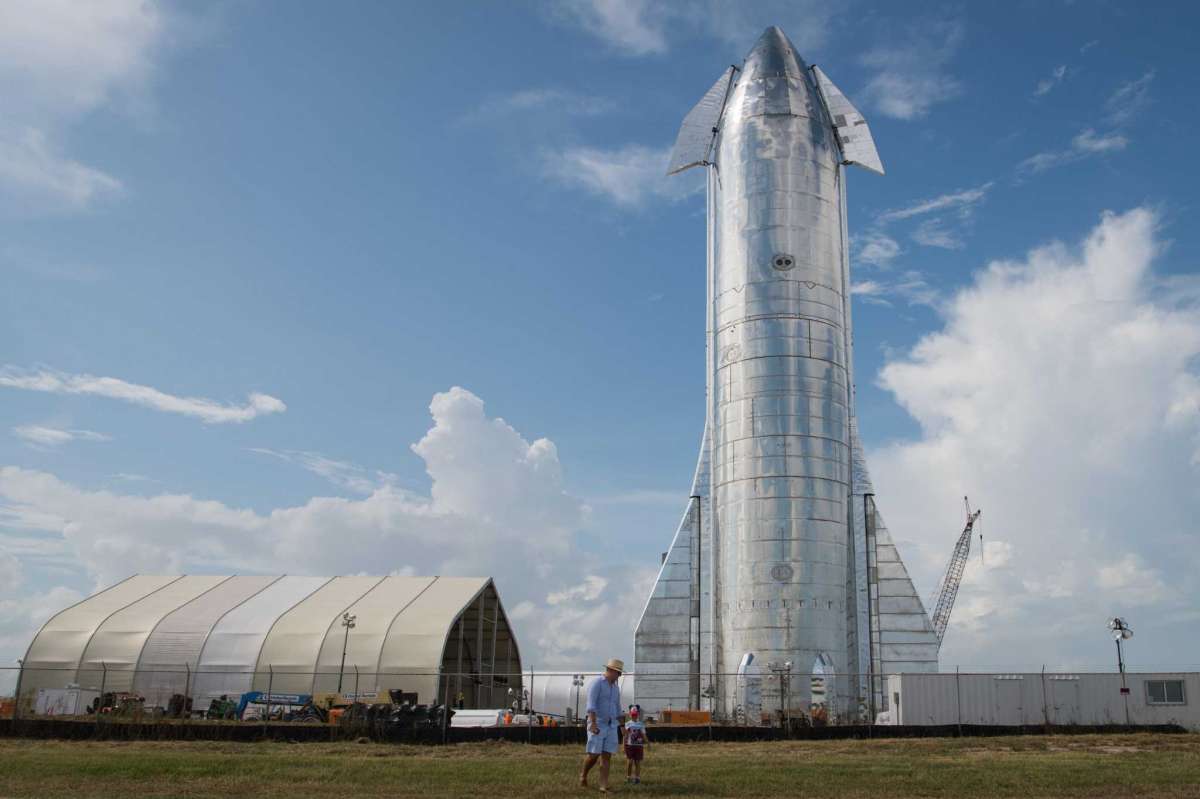
There are a few other items of interest that I’d like to cover quickly. The schedule for NASA’s Artemis 1 mission, the first, unmanned launch of the big Space Launch System (SLS) has been pushed back once again. After years of delays and cost overruns the first launch of the SLS had originally been scheduled for late last year, only to be pushed back to the first quarter of this year. Now NASA is admitting that more time is required to complete a long list of safety checks before launch so the Artemis 1 mission is now being tentatively scheduled for sometime in the spring. Another couple of months delay in a program that is years late may seem like just a drop in the bucket but the question remains, will the SLS ever fly?
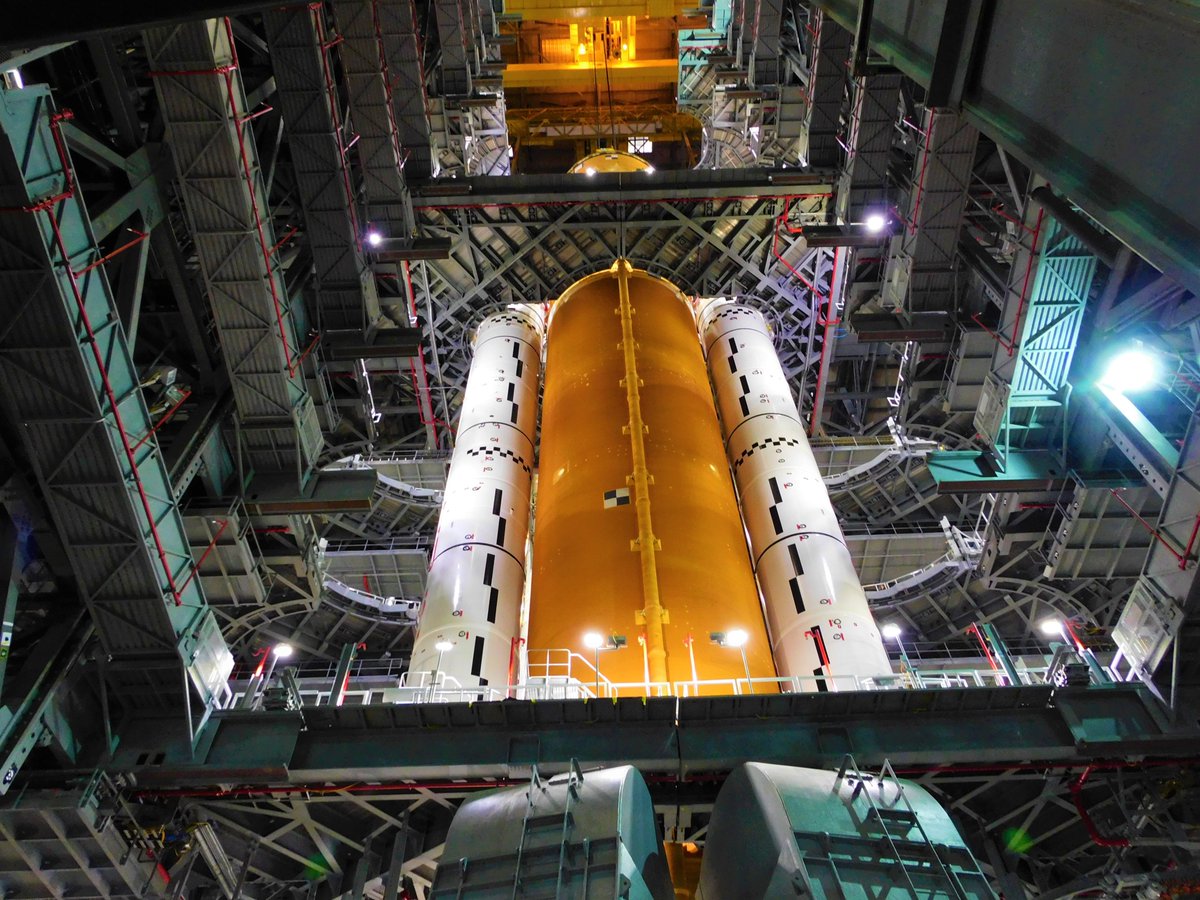
Mars exploration, at least robotic exploration is proceeding however. The Ingenuity helicopter, which after completing its five ‘test flights’ has since then been working as an airborne scout for the Perseverance rover. For the past several months though dust storms on the Red Planet have kept Ingenuity grounded. At the beginning of February however the skies began to clear and on February the 8th the little aircraft took off once more on a 100 second flight, its 19th flight on Mars. Not bad for a technology demonstration vehicle that was only supposed to fly five times.

And speaking of Mars, the Perseverance Rover has been collecting rocks that NASA hopes will one day be transferred to a planned Mars Sample Return Mission, a lander on the Red Planet that will contain a rocket capable of lifting those Mars rocks off of the planet’s surface. That rocket has been given the name of the Mars Ascent Vehicle (MAV) and the current plan is for it to rendezvous in Mars orbit with the European Space Agency’s Earth Return Orbiter (ERO) spacecraft. The ERO will acquire the samples of Martian soil from the MAV and bring them back to Earth.
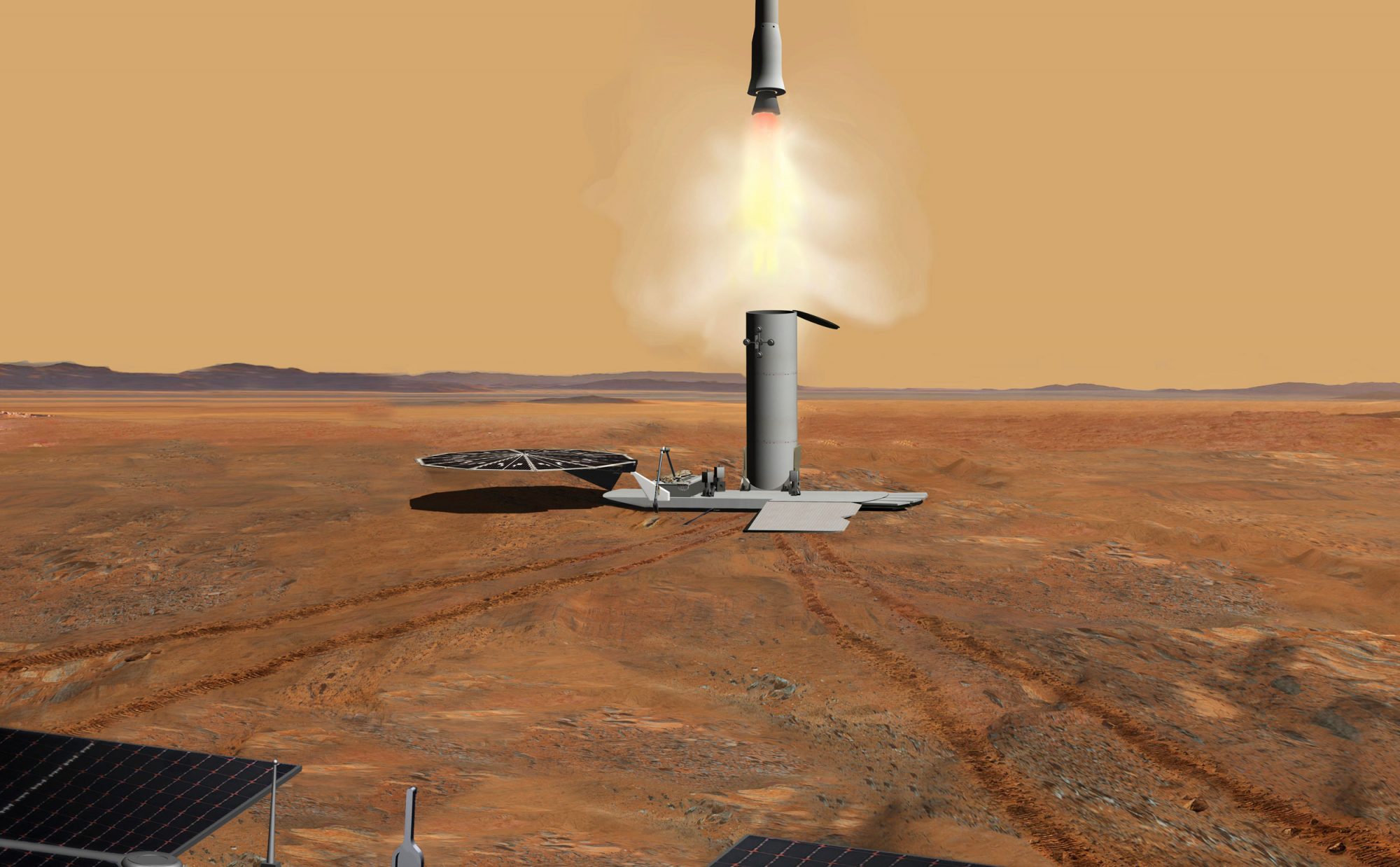
Now the contract for the Mars Ascent Vehicle has been awarded to Lockheed Martin for a potential value of $194 million dollars. The contract is slated to run for about six years and Lockheed Martin will provide several test units in addition to the actual flight vehicle. It is hoped that the Mars sample return mission will take place in the late 2020s with the actual return of the samples by 2031.

Manned and unmanned there’s progress being made in man’s efforts to explore and settle our solar system.


